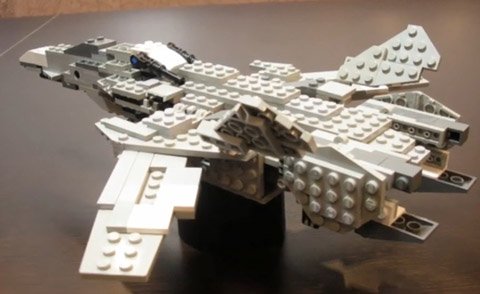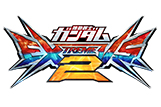
Over at Anime News Network they have a fascinating video tour around Satelight Inc., this being the Japanese animation studio where Kawamori Shouji is the executive director. Unsurprisingly, the studio’s credits are pretty long but what’s especially interesting is when the video linked above hits the 15 minute mark. This is when we get to see the functional side of mechanical design and that for the latest VF-25 variable fighters in Macross Frontier, Kawamori opted to literally block out the mecha in Lego and then work with a 3D artist/animator to fine tune it. This being especially important as the design would later go on to be used in both toy and kit form, so planning out the transformation in real world detail would obviously be a big deal. The reason why we thought this was pertinent on a mecha gaming site, despite the obvious linkages to Kawamori’s work in games, is that designing mecha (especially of the real robot variety) is a very functional endeavour. Whilst mecha need to look captivating, their primary purpose is actually based around discreet and specific functions. Basically, mecha design is at its core about what that mecha will do and not so much about what it will look like. Such an approach is one that has fundamental linkages to how games are designed; as planning out the basic rule sets of what the player has to work within, as in what they can do, is crucially important and still takes (initial) precedence over how pretty the game is. This is why (good) real robot mecha designers often add a functional grounding to (good) mecha games, something that Kawamori has proven multiple times already during his career.











It’s like they’re working under a great master of the arts, like a Picasso or a Van Gogh.
So much respect and admiration from the staff to Mr. Kawamori!
It feels like a very vertical work environment, not the crazy creative artsy type of studio I had imagined.